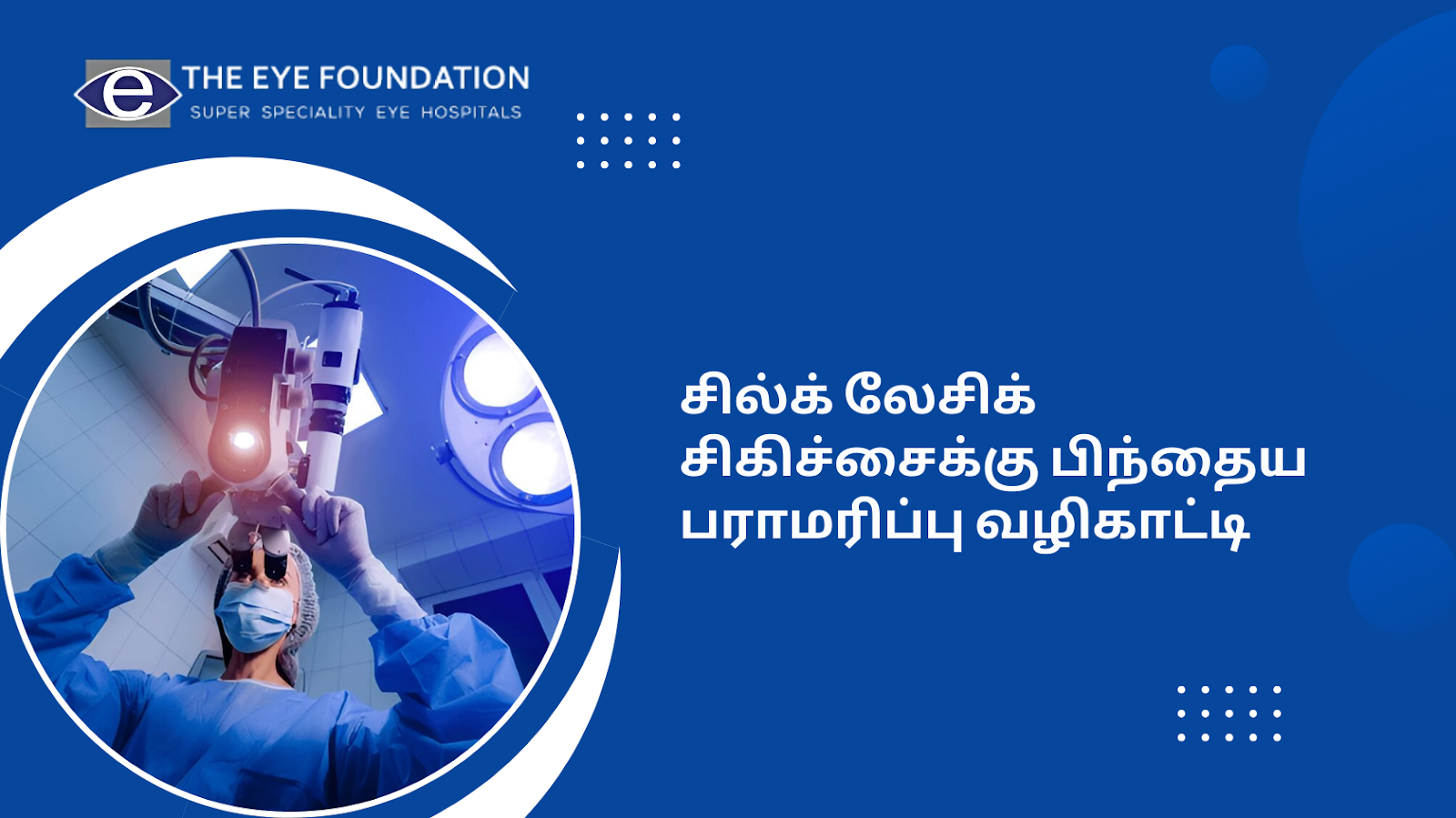Presbyopia is a type of refractive error that occurs in the later years of life and is characterized by the weakening of the eye muscles. Presbyopia is a common vision condition that develops as we age and is characterized by the eye’s reduced capability to focus on objects that are close up. This condition often develops around the age of forty and steadily declines from that point. If you are struggling to read with glasses or newspapers and have to hold them at arm’s length to read them comfortably, then presbyopia could be the reason.
How Presbyopia Affects Vision
Presbyopia is a condition that results from the lens inside the eye failing to change shape. To young people, the lens is clear and flexible and can alter its size to accommodate objects that are near or far. However, problems arise when we grow older, the lens becomes less flexible and cannot easily change shape to allow for clear vision during tasks like reading or sewing.
Presbyopia is not a one-day affair to bring this sort of change. In most cases, it begins with difficulty in focusing on objects such as reading small letters, and it may progress. Most individuals start to develop symptoms of presbyopia and require the use of reading glasses, bifocal, or multifocal lenses.
Symptoms of Presbyopia:
- Difficulty Seeing Up Close: The main sign is difficulty in seeing objects that are close by, for instance, books or a phone.
- Eye Strain: Sometimes you may develop discomfort or have tired eyes especially after fixing your eyes on items that are close to the eyes like books or computer screens.
- Frequent Headaches: If you spend long periods staring at near tasks without the help of glasses, you may experience headaches.
- Need for Brighter Lighting: You may also discover that you require more light to be able to read or do detailed work such as sewing.
- Holding Objects at Arm’s Length: You might begin positioning the reading material further from your eyes in order to help them adjust.
Treatment Options for Presbyopia:
- Reading Glasses: If you do not have other vision problems, a pair of readers can assist you in seeing up close.
- Bifocal or Multifocal Glasses: If you are already a glasses wearer, bifocals or multifocals help you see both near and far objects. These are useful if you have presbyopia together with another condition such as myopia or hyperopia.
- Contact Lenses: If you do not like to wear glasses, there are multifocal contact lenses for presbyopia correction. These lenses are bifocal in nature; they can be used to correct vision of both nearby and distant objects with one lens.
- Surgical Treatments:
- LASIK or PRK: These laser surgeries can be done for patients with presbyopia but these are most often done for those patients who do not wish to wear glasses or contact lenses.
- Lens Implants: Others choose to have the lens of the eye replaced by an artificial one that can be used to focus at different ranges.
- Corneal Inlays: A small device is inserted into the eye and specifically for the cornea to correct near vision.
Prevention and Eye Care Tips:
- Regular Eye Exams: The best way to address any changes in vision is to schedule an eye check up with an eye health care provider. This makes it possible for you to take appropriate measures that would help in early treatment of presbyopia and good eye health.
- Protect Your Eyes from UV Light: Sunglasses that protect the eyes against UV radiation should be worn as one ages since it reduces the chances of eye diseases.
- Healthy Diet for Eye Health: Take foods with high vitamin A, C and E and other antioxidants, green leafy vegetables, carrots, fish containing omega-3 fatty acids.
- Stay Hydrated: It also reduces the chances of your eyes drying up, which if it occurs worsens the symptoms associated with eye strain.
- Adequate Lighting: When you’re doing things such as reading or sewing, ensure that you are in a well lit place. Lighting minimizes the stress put on your eyes.
Conclusion
Presbyopia is a normal aging process and can be well controlled if the appropriate measures are taken. If you choose to wear glasses or contact lenses or go for surgery, then you should consult with an ophthalmologist in order to choose the most suitable solution. You can minimize the effects of presbyopia through proper eye care and living a healthy lifestyle.
At The Eye Foundation we provide a complete solution for presbyopia and all the other vision problems that accompany aging. Book your appointment now!






